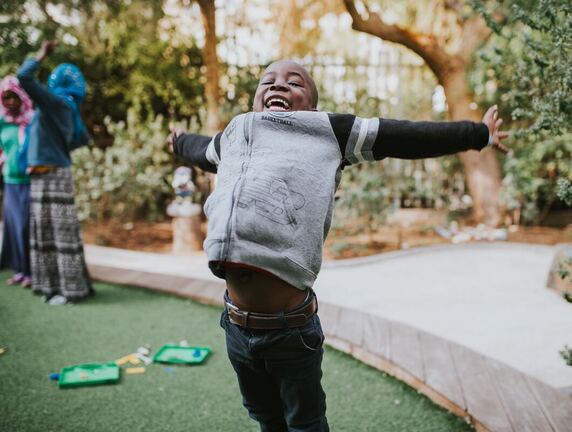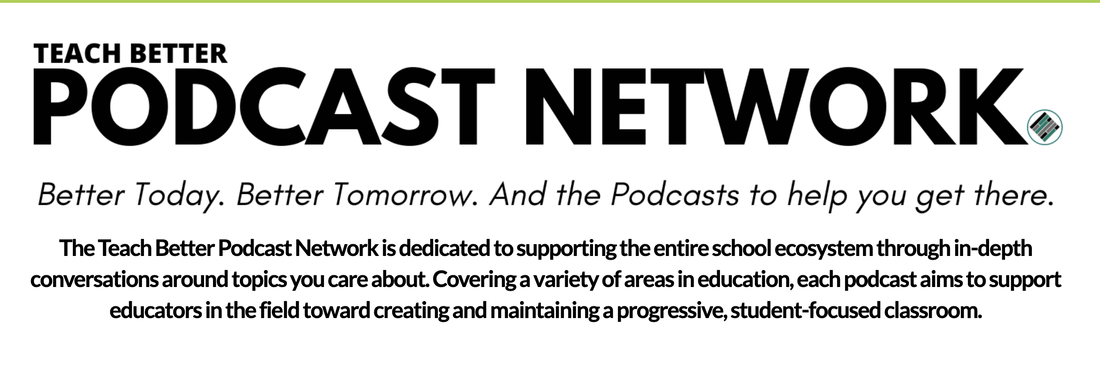|
One of the most common struggles I’ve heard talked about by and for new teachers is “classroom management.” I struggle with the phrase “classroom management,” and prefer to see my role as a teacher as cultivating a positive classroom culture. To me, this simple switch in language interrogates the idea that I am there to “keep students in line” or punish them when they break a rule. I don’t think that should be a central part of my job description. I do think ensuring a positive classroom culture is an extremely important part of my job description, if not the most important part. For more on this idea, check out Afrika Afeni Mills’s article “Classroom Management Reconsidered” and Teaching Tolerance’s “Reframing Classroom Management: A Toolkit for Educators”. If you’re still with me, I’ll share some ideas about my approach to cultivating a positive classroom culture. Here are my top 5:
There is a lot here. So, I’m breaking the details into 2 blog posts. In this one, we’ll focus on what you can do in your own classroom to cultivate a positive classroom culture. In “Part 2,” we’ll focus more on what school structures and initiatives could facilitate thriving classroom and school-wide cultures. Let’s get started with what classroom teachers can do in their own rooms... Co-create class norms. This works best at the start of the school year, but it can be done at any time of the year—better late than never! It will help with student investment in maintaining a positive classroom culture. How do I do this?
Foster relationships. I love this because it is proactive instead of reactive, and it works! How do I do this?
Allow for student choice and autonomy and explicitly teach self-regulation. This one is a balance. Choice and autonomy are motivating and promote ownership of learning, but we need to help students learn how to self-regulate and problem solve on their own without constant teacher intervention. How do I do this?
Restorative practices in place of discipline. Traditional discipline policies disproportionately negatively affect students of color and students with IEPs. Being suspended decreases the likelihood of graduation, and contributes to the school-to-prison-pipeline. Restorative practices have been shown to reduce disruptive and violent behavior in schools, increase attendance, and improve school culture and problem-solving skills (WestEd, 2016). How do I do this?
Shared leadership, specifically involving students in the creation of norms and learning activities. Students and teachers will buy in to norms and engage in class activities more if they helped co-create them. How do I do this?
If this is new for you, I admit, this is hard work, but I will also share that it has the power to transform the culture of your classroom. If you’re already doing this, invite other teachers to see your class in action! Share your brilliance and show other teachers that it is possible. Whether you’ve been doing this type of culture building for years, or you’re brand new to this approach, I’d love to hear what your biggest challenges have been. Add a comment below or reach out to tell me via email. Let's start brainstorming next steps! Just taking the time to read this blog until the end shows your dedication to professional growth. You are a rockstar. Sending you strength and resilience to keep that teachership in motion. Think big, act brave, and be your best self.
0 Comments
Leave a Reply. |
Details
For transcripts of episodes (and the option to search for terms in transcripts), click here!
Time for Teachership is now a proud member of the...AuthorLindsay Lyons (she/her) is an educational justice coach who works with teachers and school leaders to inspire educational innovation for racial and gender justice, design curricula grounded in student voice, and build capacity for shared leadership. Lindsay taught in NYC public schools, holds a PhD in Leadership and Change, and is the founder of the educational blog and podcast, Time for Teachership. Archives
May 2024
Categories |


 RSS Feed
RSS Feed